TSOTA x TRS Studio Visits is a collaboration between The State of the Arts and The Royal Standard. TRS is an artist-led gallery, studio, and social workspace in Liverpool, working with over 40 artists. Every month we will be presenting interviews and studio visits with artists working in the space and chatting to them about their practice, inspirations and what art means to them. This month, we talked to artist, performer and filmmaker Khaleb Brooks.
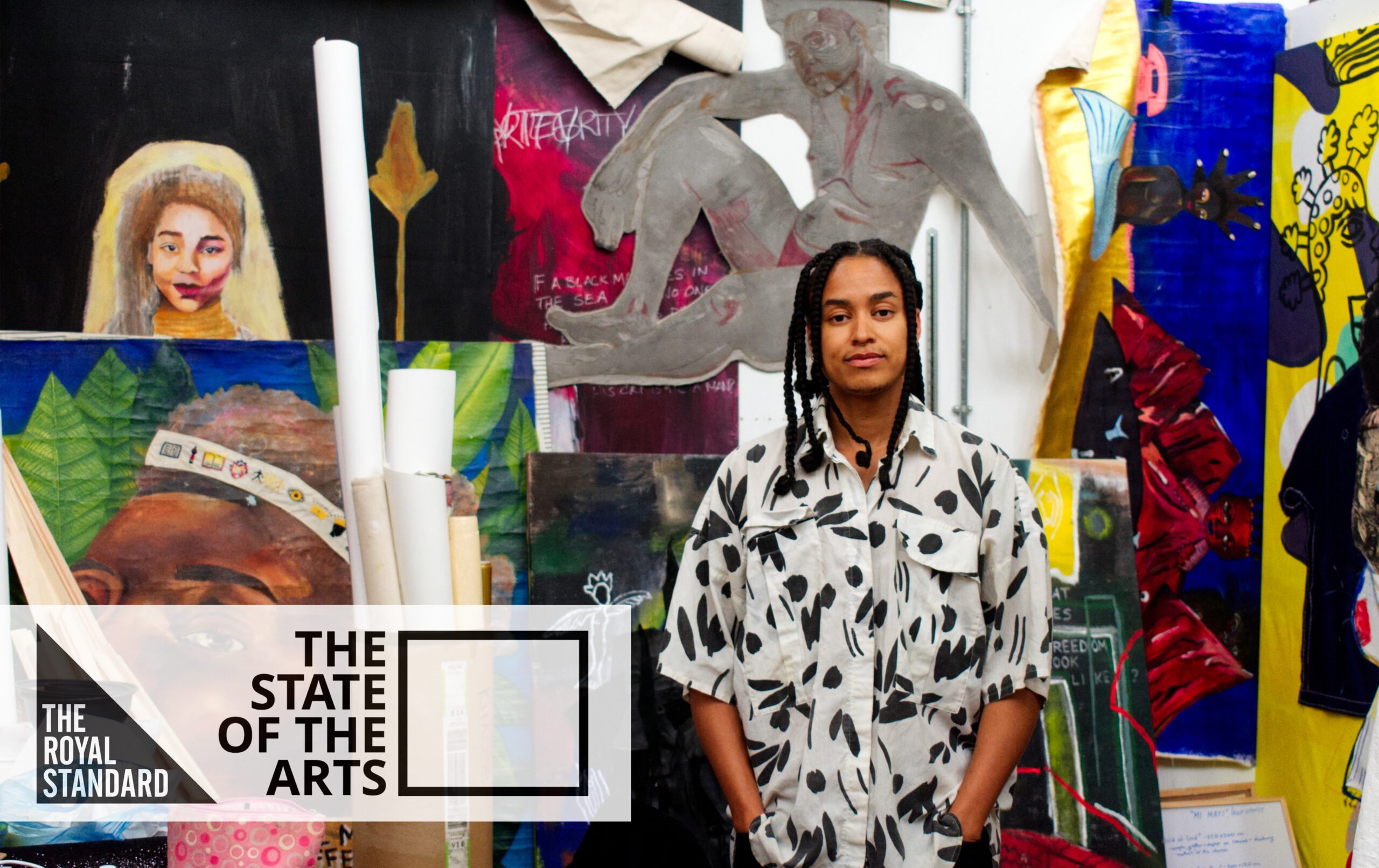
Helayna: Hi Khaleb, lovely to be speaking to you. So, tell me a little about your work and what you’re doing now.
Khaleb: At the moment, I’m in Liverpool and what brought me to Liverpool was a residency at the International Slavery Museum. I’m deeply interested in Liverpool’s history, its connection with the transatlantic slave trade being one of the biggest commercial ports in the world. I had always been doing work around slavery and my work is very much rooted in blackness and understanding historical processes that affect how we experience blackness today.
Before this I was doing a residency Tate Modern for a year and working with this piece by Kara Walker called Fons Americanus, which was the Victoria Memorial statue reimagined as a slave Memorial. It was doing workshops with youth in response to this piece, I found myself deeply exploring what the personal narratives are around slavery.
I realised through doing that, that I had so much general knowledge around slavery, but not enough, where I felt like I was actually humanising people’s experiences, and that really struck me.
Helayna: So how do you think that work has informed the work you are doing now and your approach?
Khaleb: I’ve been inspired to take a deep dive into the archives at the museum and create work based off them and find those personal narratives. Now, I would say archival research is a massive part of my process, whilst prior to my residency it wasn’t. I was entering the archive from a very naive space of thinking that it could deliver me the information I was looking for, and thinking that it would give me a whole picture.
When people think of archives, that’s what they think, that because it’s primary source it’s going to give a fair insight but ultimately what I’ve actually found is the opposite. What I’ve found is that archives are actually inherently violent and speak to the voices of the aristocracy, the musings of the slavers, the day to day of the captains…etc. Those were the loudest voices and that’s really led my work into a new direction of understanding my work as the archive itself and using even my own personal narratives to interject and to disrupt.
Helayna: Is there any archival material you are/were working with?
Khaleb: As I was interested in the Middle Passage, I was looking specifically at the Earle collection. The Earle family were this group of like three generations of slavers, linked to the transatlantic slave trade and Liverpool. There’s a document called the Log of Unity which is a log by Captain Robert Norris on the board the Unity slave ship. It set sail in 1769 and travelled from Liverpool to the Netherlands to Calabar, West Africa, to the States and during that journey, from what I’ve been able to find, is that nine people died.
You only get the snippets, or introductions into people’s lives at the time of their death. That’s what I’m interesting in looking at. Not necessarily creating more of a narrative, but allowing the space to imagine what their lives would have been not solely in relationship to their death. This is something that, I feel like I can directly relate to my experiences now and how we’re introduced to people through this approximation of death.
I think about Breonna Taylor; say her name, Trayvon Martin; say his name, and this really deep-seated need and call and to name someone. When you’re encountering these deaths in the archives, these people aren’t named. Through attempting to tell their story, through grappling what these lives represented, I hope that there’s a naming that happens and that’s what I’m trying to do at the moment.
So, I’m going to be doing a show at The International Slavery Museum in July, which encapsulates this all.
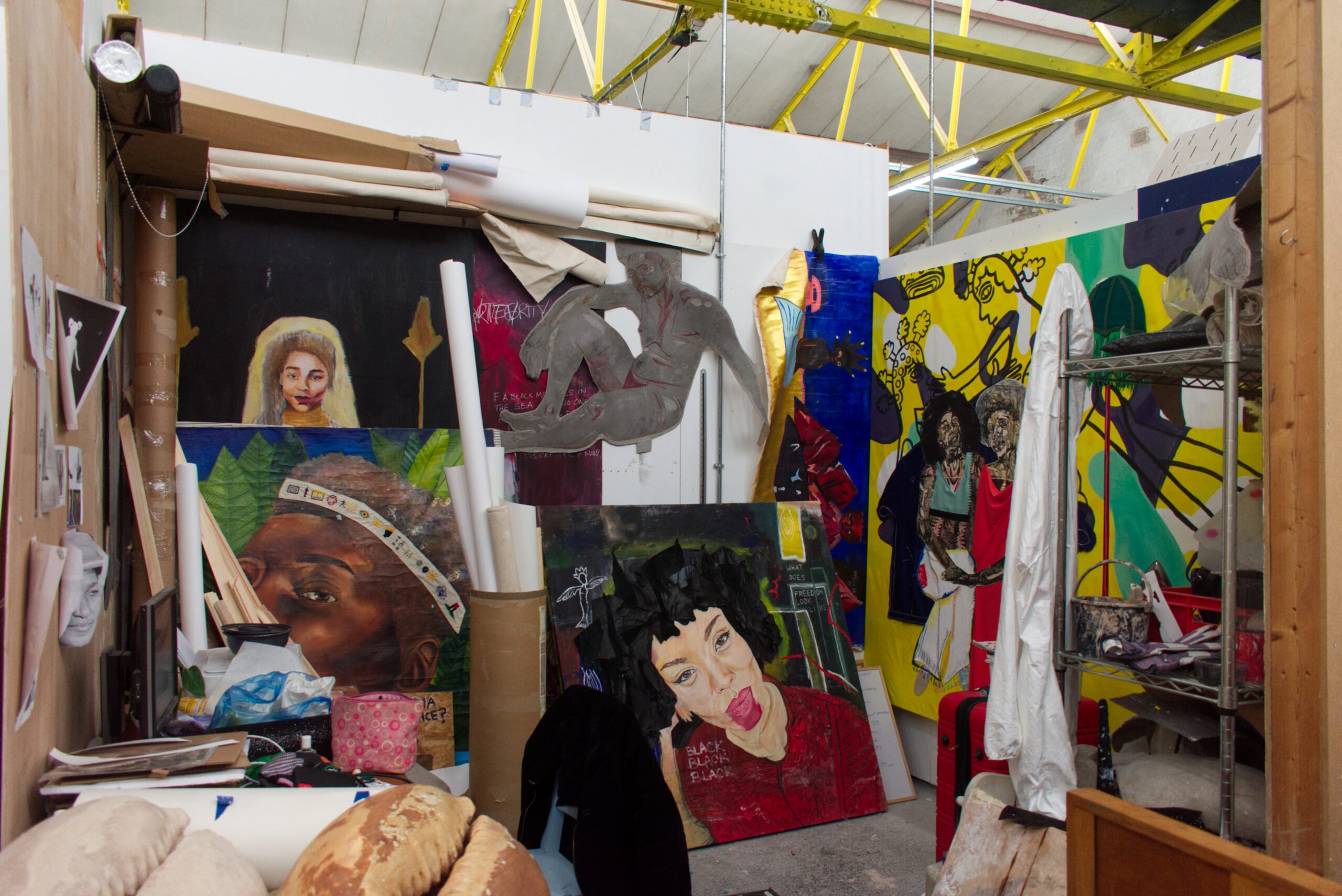
Khaleb Brook’s studio (credit: Ed Carey)
Helayna: Do you think this work with archives has impacted the way you approach your practice overall?
Khaleb: The work that’s come out of the research in the archives has been incredibly emotional and exhausting because it’s very personal. I began thinking ‘Okay. So how does slavery relate to me personally?’, ‘How am I affected by the legacy of the legislature?’ and ‘What’s something tangible I can look at?’
So, for me that what’s come up is I grew up in a Christian Deliverance Ministry. Thinking about the black church in America and Christianity, Christianity was used as a weapon of oppression, and simultaneously a means of empowerment. For example, Sunday being the only day you get off to rest when you’re working in the fields when you’re enslaved. Literacy being pushed and potentially accepted because people wanted to read the Bible. There are all these different and tumultuous spaces.
Looking at black girlhood specifically and expectations, the violence that’s incurred through Christianity. But then these snippets and the roles of empowerment, that exist specifically within that space. So, it’s a very contentious and a difficult thing for me to re-encounter, but it feels directly connected to that research.
In the past my work has been about representing black people and queer people, not from a space of victimhood but from a space of imagination. And sometimes that turned out being quite surreal paintings, a lot of portraiture, just wanting to see my friends in the art world. I’m invested in trying to understand my work within a lineage and I’ve been a lot more exposed to some incredible black artists, particularly working over the last 15-20 years and they’re just now getting their dues, being in museums and in big shows, like Kerry James Marshall, Kara Walker, Arthur Jafa, Wangechi Mutu, Sonia Boyce and many more.
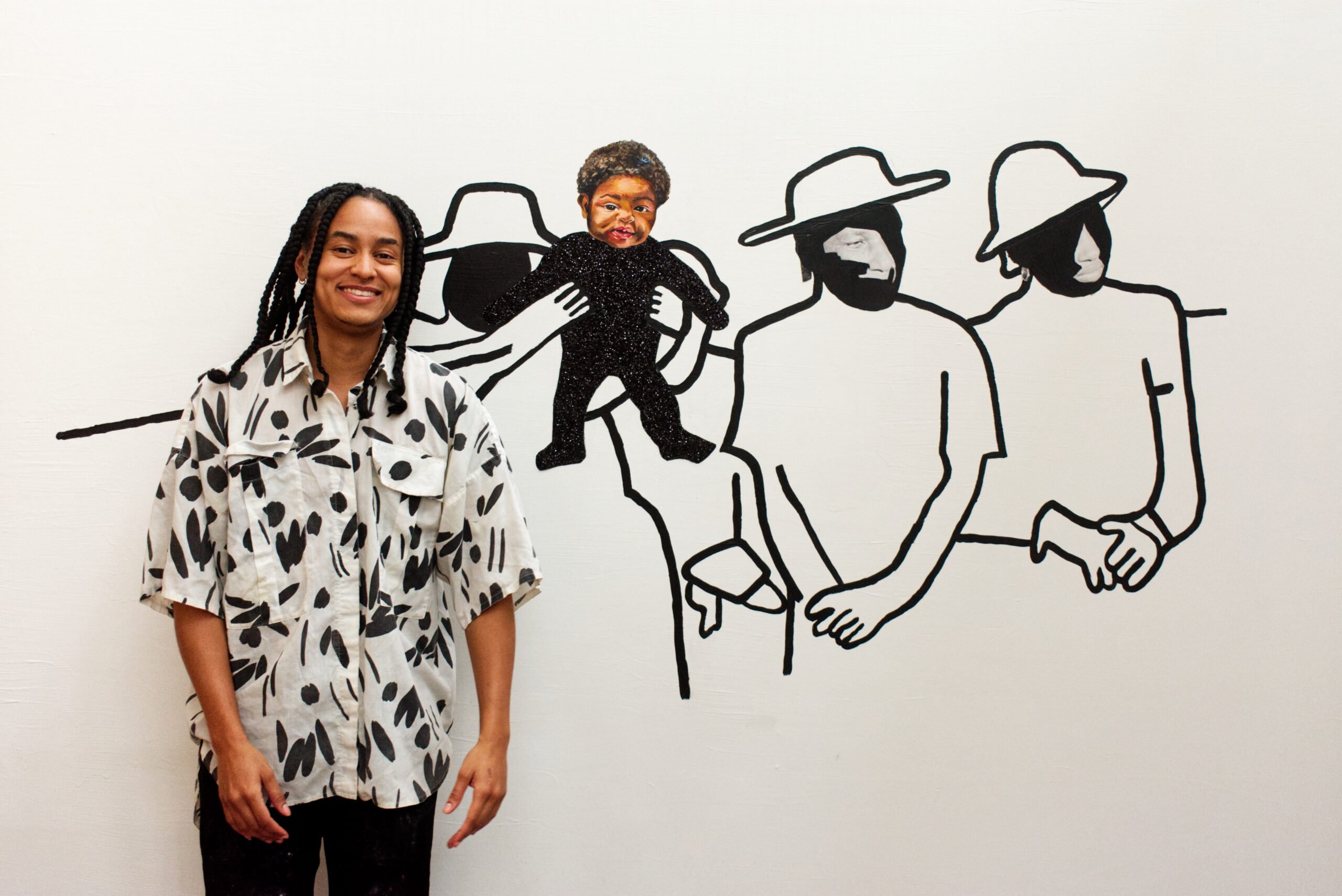
Lift Every Voice, 2022. (credit: Ed Carey)
Helayna: COVID has impacted artists in completely different ways and I am curious how it has impacted the way that you work, if it has?
Khaleb: It’s interesting, in a way it seemed like people were starting to experience what I experience all the time. Obviously, it’s a lot more severe than that, but my work before COVID did rely on me to find work, to find grants, coupled with spending a lot of time in indoors and working through mental health stuff. In a way, I felt such a sense of calm because I didn’t feel as much pressure to catch up with everyone else. I didn’t feel as much pressure to go and be social and to produce work all the time and show that I was working because everybody stopped. I think for me it felt kind of good.
I went into the pandemic towards the end of the residency and started making these artworks of anthropomorphic figures. So, half person, half like creature of the sea and like they they’re quite surreal. I honestly, I think some of my best work that came out of it. I was just like having a bit of fun and being free. Maybe that work wouldn’t have happened without it, you know?
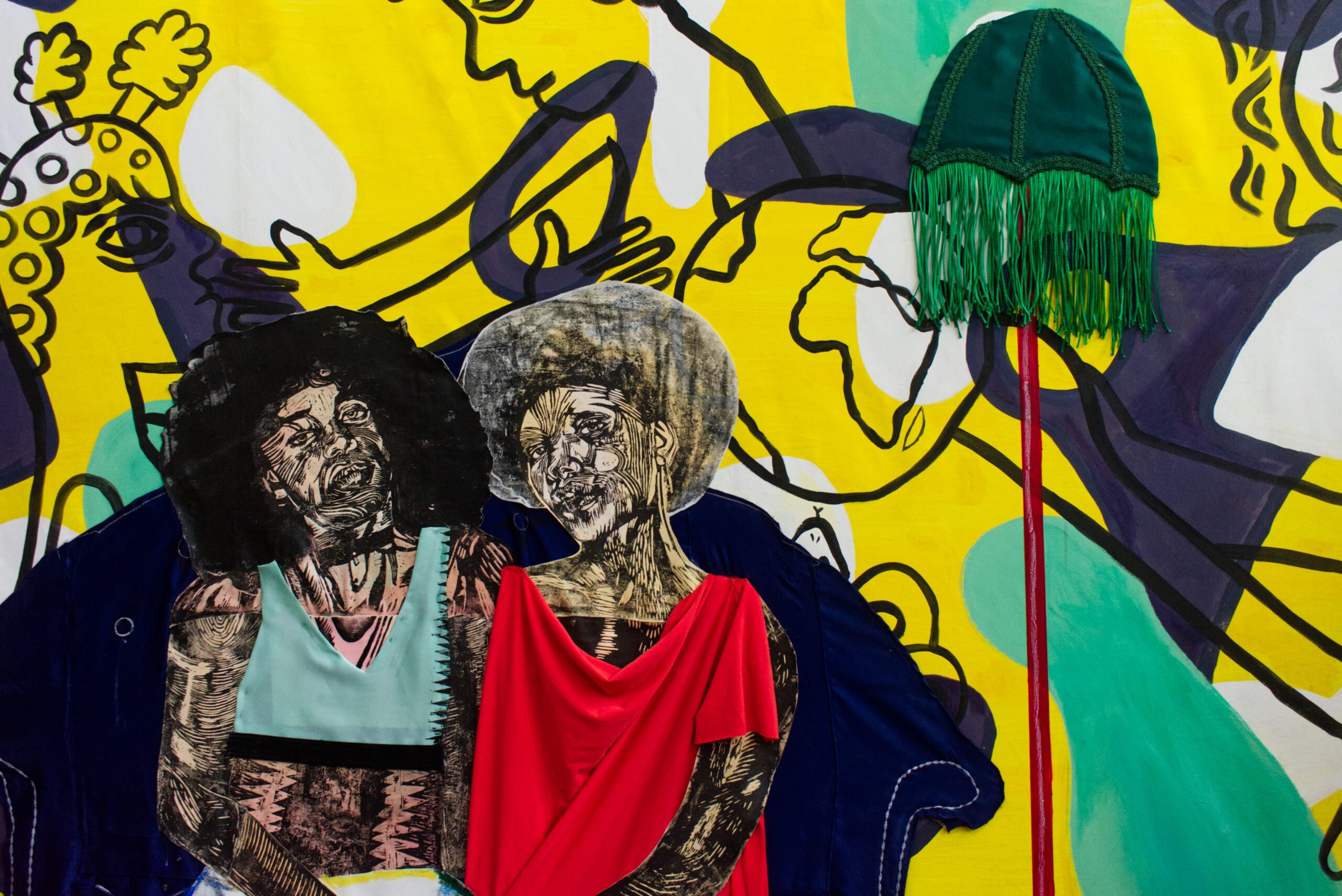
I Think I’ll Call it Morning, 2019. (Credit: Ed Carey)
Helayna: Your biography on your website talks about creating a ‘pre-colonial future’ with your art. Is that something you think still applies to your work now, or has changed since the pandemic and working with archives?
Khaleb: I think before I was really into reimagining a space of healing. Questioning how we can think about trauma in a new way and how can our trauma like deliver us to these almost idealised exciting futures where oppression doesn’t exist and that is not how I feel anymore. I think I’ve really stepped away from that because I’ve dealt with such intense mental health stuff, especially in the last two years. I do think we need to stop reliving trauma and need to stop reproducing, these symbols or these experiences of violence. But when researching slavery, people are like ‘don’t dwell on the past, let’s focus on the future and not only exist in a space of victimhood’. I fed into that for such a long time, this almost like toxic positivity for me. But no, I want to feel my feelings and be to be present and there’s something really powerful about that.
Slavery happened. And I’m a product. No matter what world I’m trying to reimagine slavery in. There’s the truth of it. There’s something exciting and quite transformative that can happen when we sit in and accept those really difficult realities.
Helayna: That’s a really beautiful way of approaching your work and it’s so exciting to see what work comes out of it! You mentioned you are showing your work in a couple of exhibitions. Remind me when and where they are.
Khaleb: I have two exhibitions coming up. There’s the one in London on the 30th June at Gazelli Art House and then the 15th July is the opening of the International Slavery Museum exhibition at the MLK building, Liverpool.
Helayna: It’s been lovely talking to you and thank for taking your time to talk to me about your wonderful work.
***
Keep up to date with Khaleb’s work by following them on instagram and visiting their website.
Filed under: Art & Photography
Tagged with: anthropomorphic, archives, art, artist, Christianity, covid, exhibitions, middle passage, museum, naming, slavery, surrealism, USA
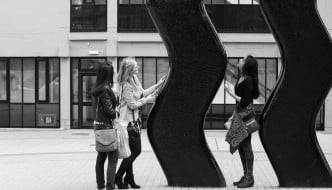
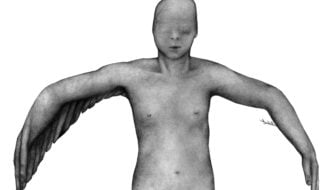

Comments